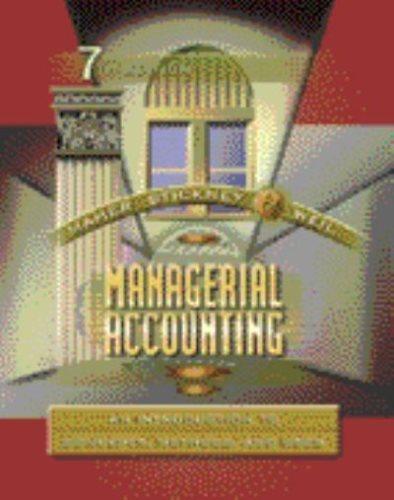

Salvador Industries bought land and built its plant 20 years ago. The depreciation on the building is calculated using the straight-line method, with a life of 30 years and a salvage value of $55,000. Land is not depreciated. The depreciation for the equipment, all of which was purchased at the same time the plant was constructed, is calculated using declining balance at 15 percent. Salvador currently has two outstanding loans: one for $46,000 due December 31, 2020, and another one for which the next payment is due in four years. During April 2020, there was a flood in the building because a nearby river overflowed its banks after unusually heavy rains. Pumping out the water and cleaning up the basement and the first floor of the building took a week. Manufacturing was suspended during this period and some inventory was damaged. Due to inadequate insurance, this unusual and unexpected event cost the company $94.000, net a. Complete the balance sheet and income statement, using any of the above information that is necessary. b. Show how information from financial ratios can indicate whether Salvador Industries can manage an unusual and unexpected event, such as the flood, without threatening its existence as a viable business First, complete the balance sheet. Start by completing the assets portion and then the liabilities and owners' equity portions. (Round amounts to the nearest whole dollar.) Salvador Industries Balance Sheet as of June 30, 2020 Assets Current assets S Cash Accounts receivable Inventories 356,000 2,840,000 2,000,000 166,000 Prepaid services Total Current Assets Long-term assets Building 220,000 Less accumulated depreciation Equipment 460,000 Less accumulated depreciation Land 525,000 Total Long-Term Assets Total assets Liabilities and Owners' Equity 00 It Ed HII Current Liabilities Accounts payable 920.329 Accrued taxes 29,500 Total Current Liabilities Long-term Liabilities Mortgage 1,210,000 324,000 Total Long-Term Liabilities Total Liabilities Owners' Equity Common shares 1.940.000 Total Owners' Equity Total Liabilities and Owners' Equity Now complete the income statement. (Round amounts to the nearest whole dollar. Use parentheses or a minus sign for a net loss.) Salvador Industries Salvador Industries Income Statement for the Year Ended June 30, 2020 Revenues Gross income from sales $ 8,620,000 Less 7,495,000 Net revenue from sales Expenses Depreciation Interest paid 69,000 238,000 102.000 Other expenses Total expenses Income before taxes Taxes at 40% Net Income (loss) b. Show how information from financial ratios can indicate whether Salvador Industries can manage an unusual and unexpected event, such as the flood, without threatening its existence as a viable business. Calculate the current ratio. The current ratio is (Round to two decimal places as needed.) Now calculate the acid-test ratio, The acid-test ratio is 1 (Round to two decimal places as needed.) Now calculate the equity ratio. The equity ratio is . (Round to two decimal places as needed.) Now find the return-on-assets ratio The return-on-assets ratio is % (Round to two decimal places as needed.) Use the financial ratios to indicate whether Salvador Industries can manage an unusual and unexpected event, such as the flood, without threatening its existence as a viable business. Select all that apply. A. The return-on-assets ratio is low, which means a loss from an extraordinary event would take a large portion of its after-tax income. B. The equity ratio is very high, indicating the company does not rely on debt financing, which makes it easy to cover a loss from an extraordinary event. C. The current and acid test ratios are both low, which means the company may not have the assets to cover obligations or losses from extraordinary events. D. The return-on-assets ratio is high, which means a loss from an extraordinary event would take only a small portion of its pre-tax income. E. The current and acid test ratios are high, which mean the company has considerable security in meeting obligations and losses from extraordinary events. OF. The equity ratio is slightly low, indicating reliance on debt financing, which makes it harder cover a loss from an extraordinary event








